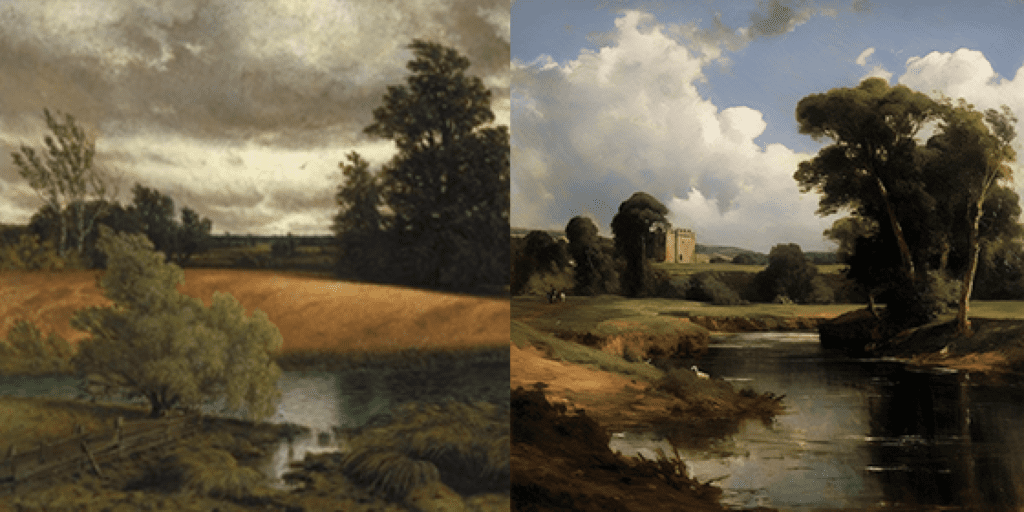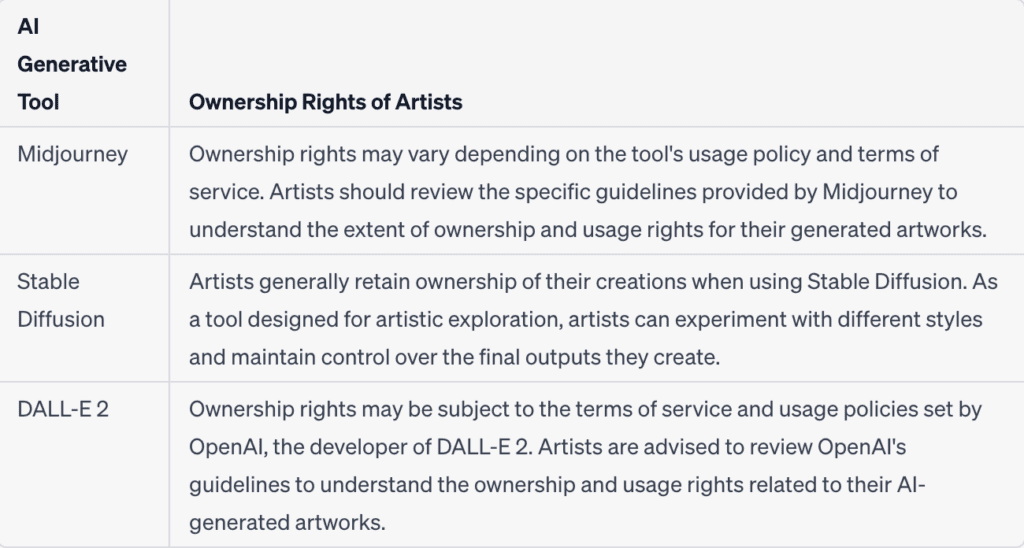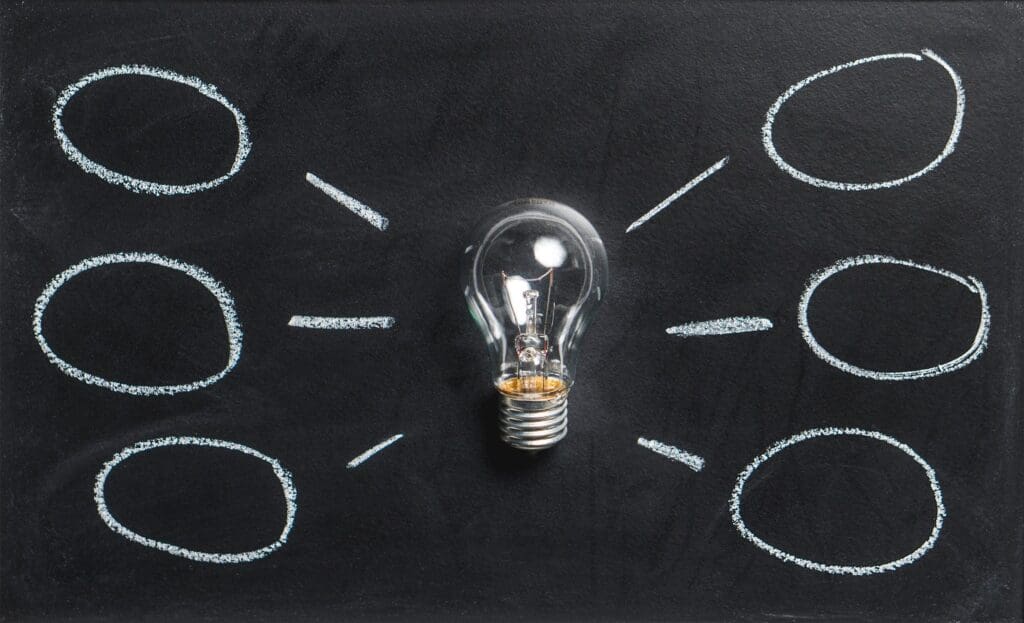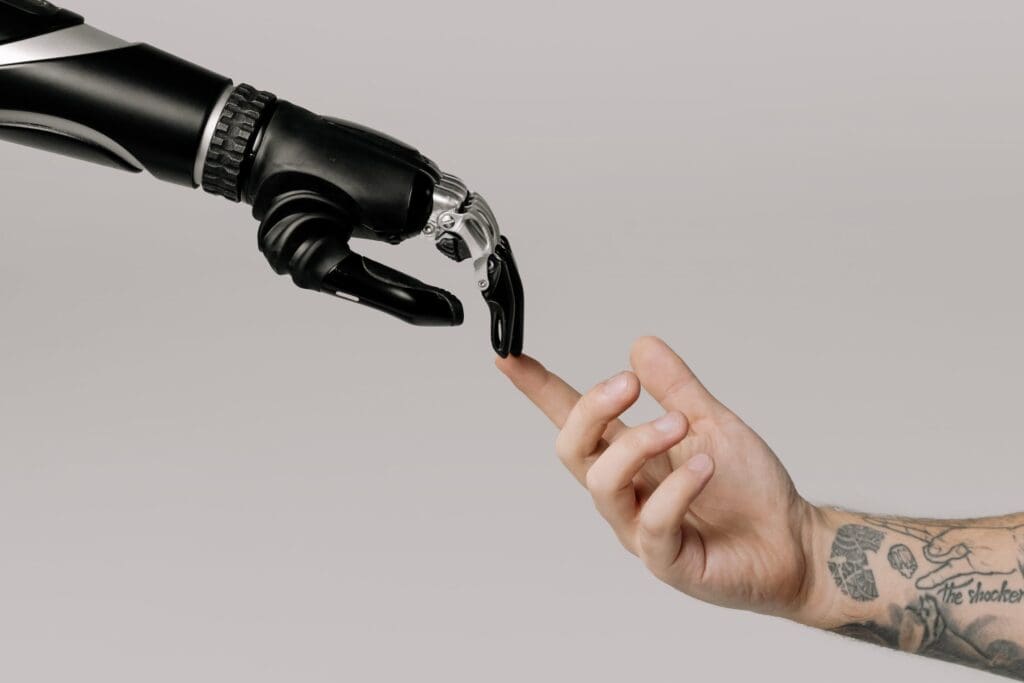BOT or NOT? In the ever-evolving world of technology, Artificial Intelligence (AI) has become a driving force, impacting various aspects of our lives, including the realm of art. Alongside this exciting transformation, generative AI tools like ChatGPT, Midjourney, and DALL-E 2 have surfaced, sparking profound ethical and legal implications that will reverberate across companies, consumers, and courtrooms in the coming years.
As the AI art revolution unfolds and blurs the lines between human artistry and AI-generated masterpieces, uncertainty envelopes artists, creators, and those involved in buying or licensing their works, giving rise to questions about authorship and ownership in this technological landscape.
Join us in exploring the dynamic relationship between humans and machines as we delve into the profound impact of robots, artificial intelligence, and automation on our work and lives. Let’s embark on this artistic AI adventure! But first, if you’re not familiar with AI image generators, take advantage of our crash course “AI Art 101: What is AI Art & How Does It Work?“

(Left) Homer Watson, A Cornfield (1883). (Right) An image generated using Midjourney with the prompt “Landscape oil painting Constable Claude Corot”.
Who Owns What?

Credit: Cottonbro studio
At the very core of the AI art revolution lies the question of ownership. When AI tools generate captivating artworks, the lines blur, and the creator’s identity becomes less discernible. Artists wonder: Who owns the final output—the maker of the AI model or the user who employs it to create art? The absence of clear ownership guidelines raises concerns about copyright infringement and potential conflicts between human artists and AI-generated art.
While some AI-generated artworks may closely resemble existing creations, attributing authorship becomes intricate, leading to disputes over intellectual property rights. Clarity on ownership is essential to ensuring fair compensation and acknowledgment for artists and creators while fostering an environment of innovation and creativity.
Navigating the Artistic AI Adventure

Credit: Rebecca Hendin
AI tools have empowered artists with novel techniques and possibilities, transforming the creative process. Yet, within the generative space, uncertainties loom large. Artists are apprehensive about their ability to receive due credit, fair compensation, and establish sustainable careers when AI plays a significant role in their creative output.
In the age of AI art, questions arise regarding the significance of human touch and emotion in the creative process. Does AI-generated art lack the depth and soulful expression that human artists bring to their work? While AI may assist in generating artwork, the intrinsic value of human creativity remains paramount.
The Fine Print Matters!
AI providers’ terms of service shape the landscape of ownership rights in AI-generated art. The divergence in terms and conditions among AI companies further complicates the issue. Some AI providers disclaim ownership of their outputs, whereas others claim ownership or offer licenses to users.
Artists utilizing AI tools must be cautious when selecting platforms and services, as these decisions may influence their rights over the generated artworks. The lack of standardization in service terms necessitates robust regulations to safeguard artists’ interests and creative endeavors.
Ownership Rights & Terms of Service for Top 3 AI image generators

Note: Ownership rights and terms of service for AI generative tools can change over time, so it’s essential for artists to carefully review the specific policies of each tool they use. Artists should refer to the latest policies and guidelines from the respective AI tool developers for the most up-to-date information.
Panic Over Progress
The introduction of technology has historically sparked concerns about creative stagnation and job displacement in the art world. However, history reveals that artists have consistently adapted and harnessed technology to amplify their creativity. From the fear of autofocus in photography to the apprehension surrounding digital manipulation in Adobe Photoshop, every technological innovation has presented both challenges and opportunities.
In the AI era, there is potential for human artists and AI-generated art to coexist harmoniously, with AI serving as a tool to augment creativity rather than replace it. Embracing innovation while preserving the human touch is the key to leveraging AI’s potential for artistic expression.

The Battle Against Misinformation
AI-generated content can amplify the spread of misinformation, posing a threat to informed decision-making and democratic processes. The responsibility lies with content creators, including artists, to prioritize authenticity and transparency in their work.
Ensuring truthfulness in journalism and accurate representation in AI-generated content is critical to safeguarding the integrity of information dissemination. Artists must be cautious about the potential misuse of AI tools and actively contribute to combating misinformation in the digital age.

Credit: Pixabay
The Need for Transparency
As AI-generated art gains prominence, distinguishing AI-generated works from human-made art becomes vital. Proposals for transparency obligations seek to enable consumers to identify AI-generated content. Tools for verifying content authenticity and source identification are essential to maintaining trust and upholding the value of art in the AI era.
Protecting Artists in the Age of AI
Historically, artists have often been portrayed as vulnerable and struggling to make a living from their craft. In the AI age, artists face new challenges as technology becomes an integral part of the creative process. A supportive legal framework is essential to empower artists and creators, ensuring their protection and recognition as they navigate the complexities of AI-generated art.
Empowering creatives enables a thriving artistic community that contributes to human progress through the arts. By providing the necessary support, society can acknowledge the significance of art and its impact on culture and human expression.
AI as an Ally, Not a Competitor

Credit: Cottonbro studio
Generative AI models aim to enhance creativity, not replace human artists. The intent is not to eliminate the role of human artists but to explore new dimensions of artistic expression through AI-powered tools.
As AI continues to evolve, it will become crucial to strike a delicate balance between human creativity and machine-generated art. Encouraging responsible AI development and transparent usage will foster a collaborative relationship between AI and human artists, resulting in an even more vibrant, diverse, and awe-inspiring artistic landscape for all.
Embracing Responsible AI Artistry
The AI art revolution is a testament to the ever-evolving relationship between humans and machines. As we venture deeper into the realm of AI-generated art, we must address the ethical and legal implications thoughtfully. By embracing responsible AI development, nurturing human creativity, and advocating for fair regulations, we can usher in an era of artistry where human genius and AI innovation coexist harmoniously, pushing the boundaries of human imagination and expression. In this creative partnership, the true potential of AI artistry will unfold, shaping the future of artistic expression for generations to come.
Download AppRelated Resources
10 Best AI Avatar Generators to Try
Generated via Midjourney Discover the top AI avatar generators and create your unique digital persona with ease. In our rapidly…
Read MoreAI Joins Shutterstock’s Image Library
A Brave New World of Creative Imagery Credit: Shutterstock In a world that's bursting at the seams with visuals and…
Read More6 AI Photo Editing Apps You Need to Know About
Enhance Your Photos in a Snap Generated via Midjourney Photography enthusiasts have experienced their fair share of struggles when it…
Read MoreAI Gaming: A New Era of Play
Transforming Gaming as We Know It [video width="1600" height="900" mp4="https://aiartmaster.co/wp-content/uploads/2023/10/video-game-loop-1.mp4" loop="true" autoplay="true"][/video] Video Credit: Jitao Zhou/Rikkyo University Gaming…
Read MoreReal or Fake? How to Spot an AI-Generated Image
Detecting Digital Image Forgeries In today's world, AI is advancing so rapidly that distinguishing real photos from fake ones can…
Read MoreThe 10 Top AI Trends for 2024
Generative AI Trends for 2024: Shaping a New Era As we kickstart the year 2024, it's time to prepare for…
Read MoreTraditional Art Vs Digital Art: Canvas Vs Code
In the vast realm of artistic expression, two mediums have emerged as prominent contenders: traditional art and digital art. While…
Read MoreMachine Learning Core Components
Representation: Translating Data into Meaning Data representation is the linchpin of machine learning. It's the intricate process of converting raw,…
Read More

